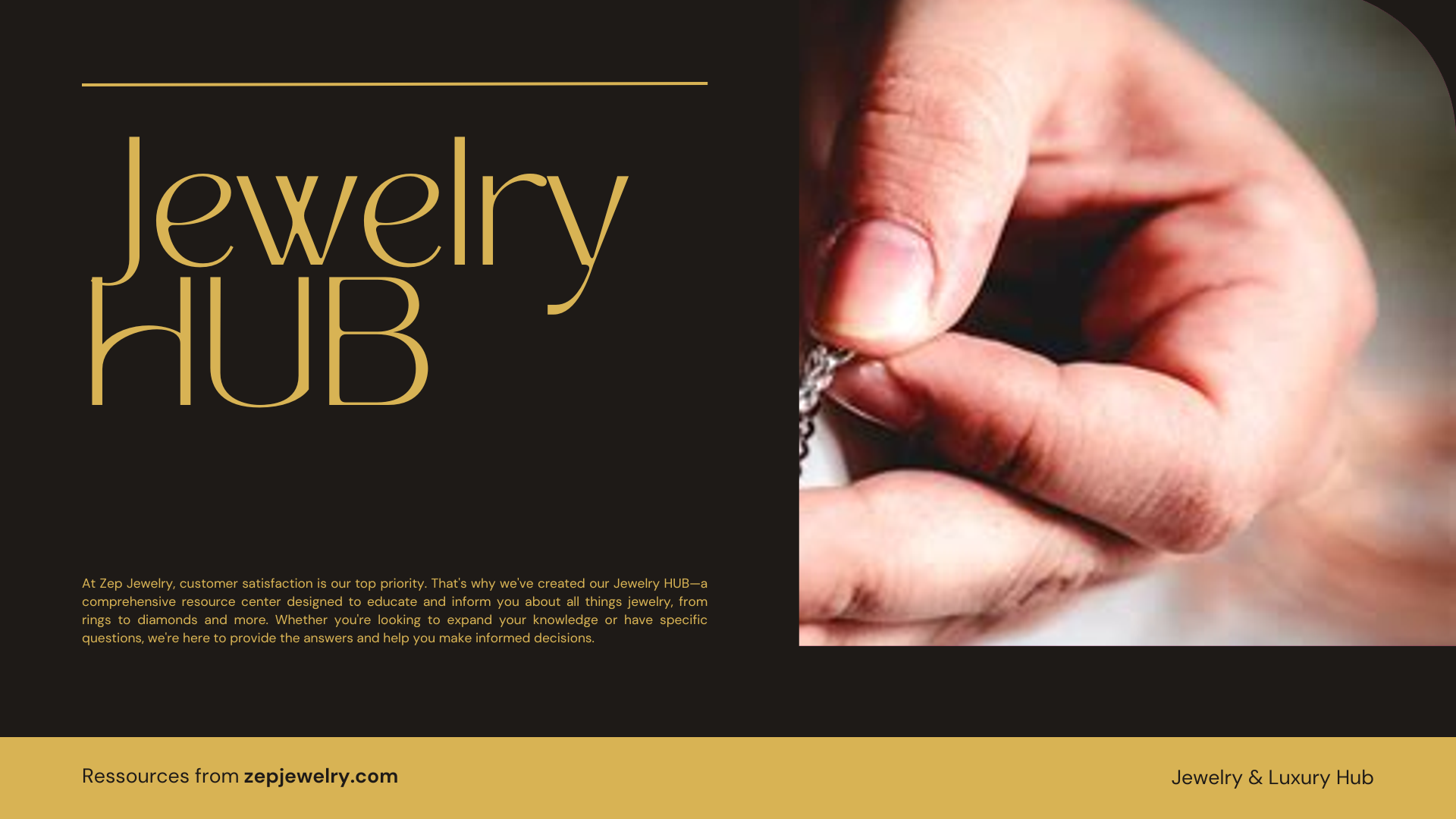What if I told you that the dazzling world of jewelry isn’t just about sparkling diamonds and glistening gold? It’s a vibrant industry that boasts a unique identity all its own, officially classified under the North American Industry Classification System. With its designated code 448310, the jewelry industry showcases more than just its aesthetic allure; it intricately weaves itself into the fabric of fashion and personal expression. As we delve deeper into this bedazzling realm, we’ll uncover the multifaceted professions that help shape its glimmering narrative, illuminating the craftsmanship and creativity behind every precious piece.
What is the jewelry industry classified as?
The jewelry industry is classified as a distinct category, especially when it comes to fine jewelry. It holds a specific designation under the North American Industry Classification System (NAICS) with the code 448310, which is dedicated to jewelry stores. This classification not only marks its individuality as an industry but also reflects its significant connections with the fashion sector, emphasizing its role as both a form of adornment and a crucial element of personal style expression.
In essence, the jewelry industry thrives on creativity and craftsmanship, positioning itself in a space that straddles both luxury and everyday fashion. Fine jewelry, which includes intricate pieces such as diamond engagement rings and custom-designed necklaces, stands apart from mass-produced jewelry, underscoring the artistry involved in its creation. Additionally, the relationship with the fashion industry means that trends in jewelry often mirror or enhance broader fashion movements, showcasing how pieces can transform an outfit and express one’s personality.
Understanding this classification allows consumers and industry professionals alike to appreciate the multifaceted nature of the jewelry market. It’s not just about the pieces themselves; it’s about storytelling, artistry, and the intersection of fashion and personal identity. Whether it’s through collaborating with designer brands or influencing fashion shows, the jewelry industry plays an integral part in shaping style trends and personal narratives.
What are the different professions involved in the jewelry industry?
In the jewelry industry, a diverse array of specialized professions exists, each contributing unique skills and craftsmanship to the creation of beautiful pieces. At the forefront is the jeweller, who typically takes on a multifaceted role that includes designing, creating, and selling jewelry. This profession requires a blend of artistic vision and technical skill, as jewellers often work with various materials to bring their creations to life.
Complementing the work of jewellers are goldsmiths, who specialize specifically in crafting pieces predominantly with gold. They possess extensive knowledge of the properties of gold, which allows them to create intricate designs and finely detailed work. Next, we have silversmiths, whose expertise lies in working exclusively with silver. Like goldsmiths, silversmiths apply a unique set of techniques tailored to enhance the beauty and durability of silver jewelry.
Furthermore, the jewelry industry relies heavily on the collaboration with other specialists, such as gemologists and lapidaries. Gemologists are trained to evaluate gemstones, assessing their quality and authenticity, which is crucial in ensuring that each piece of jewelry meets high standards. On the other hand, lapidaries are skilled artisans focused on cutting and polishing gemstones to bring out their natural brilliance. Together, these professionals play an essential role in enriching the jewelry-making process and enhancing the final product.
Additionally, there are other careers within the jewelry industry that support various functions, from quality assurance specialists who ensure that each item meets industry standards, to marketing professionals who help promote and sell these exquisite creations. This comprehensive ecosystem of professions not only reflects the artistic side of jewelry-making but also the business acumen necessary to thrive in this vibrant industry.
How does the jewelry industry interact with the fashion industry?
The jewelry industry is intricately linked to the fashion industry, with many items viewed not just as accessories but as essential components of personal style. Jewelry trends often shift in tandem with fashion trends, leading to collaborations between jewelry designers and fashion houses. This synergy influences how consumers perceive and acquire jewelry, highlighting its role as both a crafted object and a fashionable statement within the larger context of style and identity.
What terms are used to describe jewelry makers and their functions?
The term “jeweller” broadly encompasses anyone who makes and sells jewelry. However, more specific titles exist, such as goldsmith and silversmith, which reflect the materials these craftsmen specialize in. Additionally, gemologists provide expertise in stones, while lapidaries focus on the cutting and polishing of gemstones. This nomenclature showcases the diversity of skills and roles within the jewelry-making profession.
What are some unique career paths in the jewelry industry?
The jewelry industry offers a variety of career paths that cater to different skill sets. Apart from traditional roles such as design and crafting, there are careers in quality assurance, marketing, and sales. Each of these roles contributes to the overall lifecycle of jewelry, from inception to a consumer’s hands, and requires a blend of creativity, technical skills, and business acumen to thrive in this dynamic environment.
How are custom jewelry pieces designed and created?
Custom jewelry design is an interactive process where clients collaborate directly with skilled designers. Clients can choose elements based on personal preferences or sentimental value, and designers develop sketches and estimates to bring these visions to life. This tailored approach allows for a unique final piece, reinforcing the jewelry’s emotional and aesthetic significance in the wearer’s life.
What role does technology play in the modern jewelry industry?
Technology has significantly impacted the jewelry industry, enhancing design capabilities and production efficiency. Tools such as computer-aided design (CAD) software allow artisans to visualize and modify designs before physically crafting them. Additionally, 3D printing technology has revolutionized prototype creation and even the manufacturing process itself, allowing for rapid production and intricate designs that were previously unattainable.
